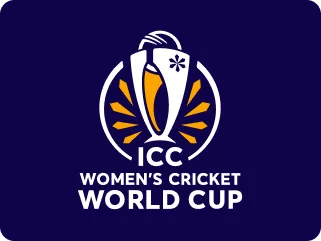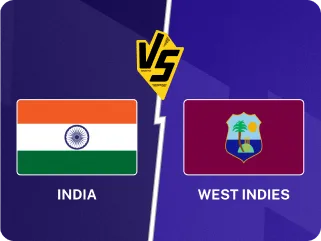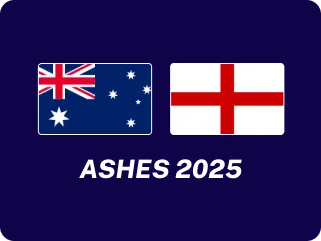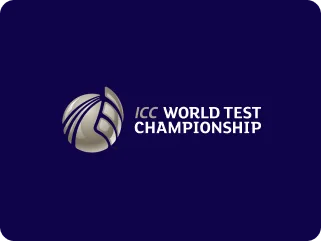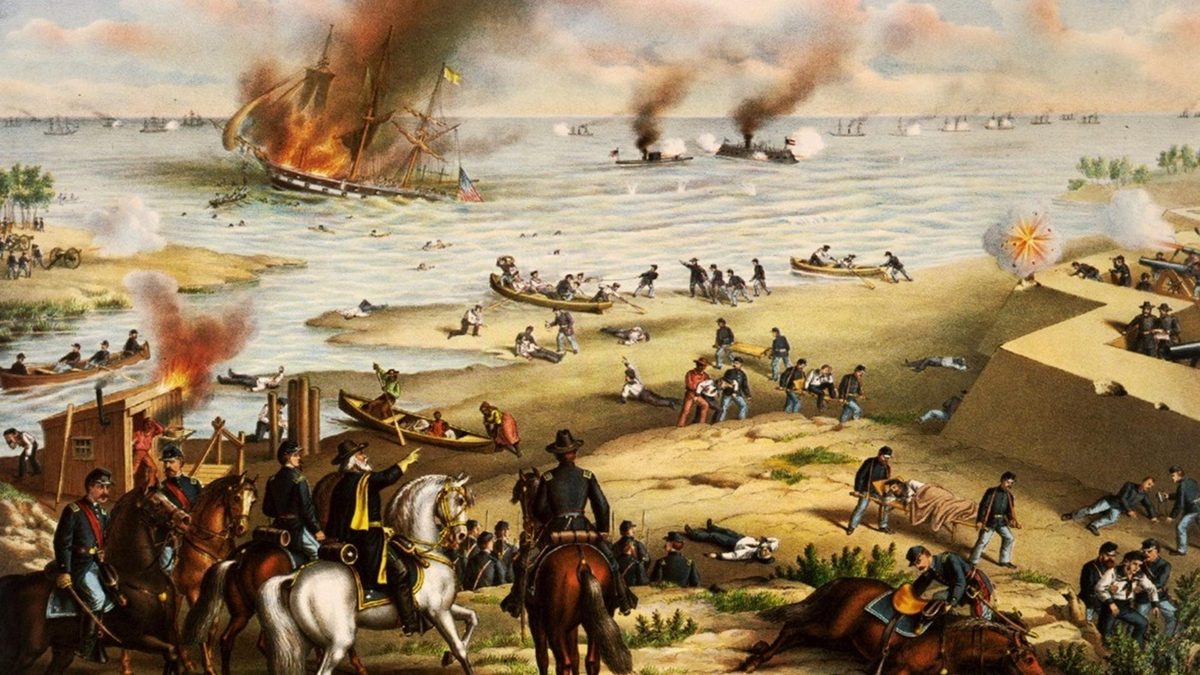
The Civil War of the 1860s played a significant role behind the USA’s shift from the once-popular cricket to baseball.
In these pages, we have discussed the rise and spread of cricket in the USA in the 18th century and the first half of the 19th century. Cricket was immensely popular in the nation, especially in the Philadelphia-New York belt. By 1859, there were about six hundred thousand players within a hundred miles of New York City alone. The sport had also spread to southern towns like Savannah and New Orleans, and even to San Francisco on the West Coast.
Philadelphia was the hub of American cricket of the era. “Every boy in Philadelphia, who plays ball at all, knows cricket thoroughly,” reported the Clipper in the 1859. Kirsch credited “willingness of British immigrants to promote their sport to natives” as well as “receptiveness of upper and middle class Philadelphians” for the spread of cricket in the city and its surroundings. As early as in 1833, the Haverford College boasted of “the first cricket team exclusively for American players”: it remains one of the oldest founded collegiate cricket teams.
However, these were mostly amateurs. In his essay American Cricket: Players and Clubs Before the Civil War, George B Kirsch noted that there were only eleven clubs in the country that adopted the “English practice” of hiring professionals. As on the other side of the Atlantic, the concept of making money out of cricket was not looked at with respect at times. Some American clubs refused to play against these eleven clubs.
On October 16, 1859, the Herald ran a piece comparing the two sports, adopting a tone outright favourable to baseball. “Even if there were no base ball in existence cricket could never become a national sport in America – it is too slow, intricate and plodding a game for our go-ahead people ... Cricket seems very tame and dull after looking at a game of base ball ... It is suited to the aristocracy, who have leisure and love ease; base ball is suited to the people.”
Baseball did have its share of elitism as well, but that would begin to disappear in another decade. Cricket would be left behind, but it was safe for now.
In 1859, twelve cricketers embarked on what was the first overseas cricket tour by any English side, to Canada and the USA. Led by George Parr, the squad consisted of the who’s who of English cricket of the era: Robert Carpenter, William Caffyn, John Lillywhite, Julius Caesar, HH Stephenson, and John Wisden.
The matches were predictably one-sided – the Englishmen would have beaten almost any side in England – but they generated considerable interest among the locals. As “anticipation reached a fever pitch”, five thousand people (“the largest array of spectators that had ever previously been congregated for such an object in this country”) showed up when a combined USA side hosted the English team at Hoboken.
The tour was such a success that the organisers, the New York-based St George’s Cricket Club, planned for an encore. At this point, things were looking up for cricket in the United States.
“A bat, a ball, and four gunnysacks”
There are suggestions of baseball having originated from one or more of stoolball, rounders, and tut-ball. In the 1850s, the sport was popular in the USA – though it remained a close second to cricket.
The National Association of Base Ball Players (note the 19th-century two-word spelling of baseball) was founded at a convention of 16 clubs based out of New York, in 1857. The early rules were formalised.
Beadle’s Dime Base-Ball Player came out in 1860, and sold fifty thousand copies in the USA. This affordable, forty-page volume was the ultimate go-to place for the brief history, the rules, and the jargon of the sport. By the time the Civil War broke out in 1861, the sport spread across the nation. When they went to war, soldiers from both sides carried a copy of the book.
The soldiers played baseball in the camps to while away their time. Its demands were simpler, for all it needed was “a bat, a ball, and four gunnysacks thrown on a patch of ground” and a few hours. Cricket, with pitches that needed meticulous preparation, bats that required “complicated joinery”, and matches that took days to get over, stood no chance.
The Civil War did what the era preceding it had not: it demonstrated to the Americans that baseball is far easier to play than cricket. By the time the conflict ended, baseball had left cricket behind.
But that was only the beginning.
Doing the Wright thing
As we have seen, Samuel Wright was part of the first ever international cricket match, between the USA and Canada. His son Harry, a gifted cricketer, dropped out of school at 14 to join his father as member of the St George’s Club ground staff.
Harry Wright saw baseball for the first time when St George’s shifted base from Harlem to Hoboken in 1857. Already proficient at cricket, he picked up the tricks of this new, similar game and joined the New York Knickerbockers. In 1859, he played against Parr’s Englishmen, first for the combined USA side, then for Philadelphia.
After the Civil War, he moved to Cincinnati to join the Union Cricket Club. He then adopted a similar role at the Cincinnati Base Ball Club (later the Cincinnati Red Stockings), where he became one of the biggest stars of the time. Not only was he one of their best pitchers but in a managerial role, he also helped shape the club, grooming and importing players.
With Wright in the team, Cincinnati had a 16-1 streak in 1868. When the clubs were allowed professionals in 1869, Wright built the first all-professional side. That year, they had an astonishing streak of 57-0 – the only undefeated season by a club in baseball history – and attracted about 200,000 spectators. He was later inducted into Baseball Hall of Fame. Henry Chadwick, another Hall of Famer, called him “the father of professional base ball playing.”
Cincinnati’s historical season made every young American want to emulate them. Not only were they an astonishing side but they were paying the players. Cricket, still unable to evolve from the mindset that discriminated against the professionals on either side of the Atlantic, was left far behind. Switching from cricket to baseball was not difficult: while the sports are not exactly the same, they are similar in many ways.
It took more than a decade for cricket to find its footing back. At the helm of it would be the greatest American cricketer of all time and a pioneer of one of the most celebrated skills in cricket.
But that is another story.
Subscribe to the Wisden Cricket YouTube channel for post-match analysis, player interviews, and much more.





